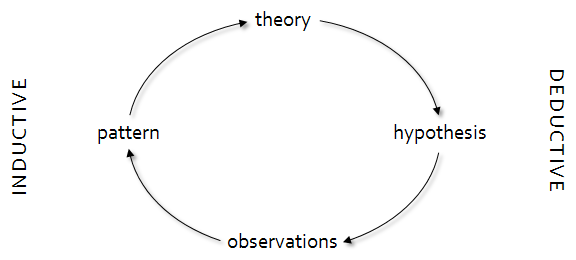I have a stealth recruiting talk that I give for machine learning at Xpanse. It goes like this:
- If you want a real mission in your work, cybersecurity can deliver.
- My realm of cybersecurity is impossible without AI.
- Doing this job means solving cool, hard problems.
I pretend the talk is all very objective and about teaching you stuff (which hopefully it also does). I also hint at a lot of the problems that I’ve worked on and solved the past few years. Technical people really like being shown problems and getting to chew on them (which is convenient, because I’m not comfortable publicly sharing how I solved these problems!). And I’m sure it helps that I’m earnest – the slides really are what I love most about my job. The talk works, too. We get solid applicants from it.
I was inspired by a talk I saw from Stitch Fix a number of years ago. I have really minimal interest in clothing… but after hearing them give a technical talk about the problems they were solving, I became convinced they were doing really neat modeling and would be worth considering in a job hunt. Pretty effective. So I tried to channel that insight.
The slides I’m linking here conclude with a harder sell than I usually give, as well as some cross-team Palo Alto projects, because I revised this version for an explicitly recruiting context. (One of our senior recruiters had seen me give this talk at the Lesbians Who Tech conference, and he asked me to give it again in a different context.)
